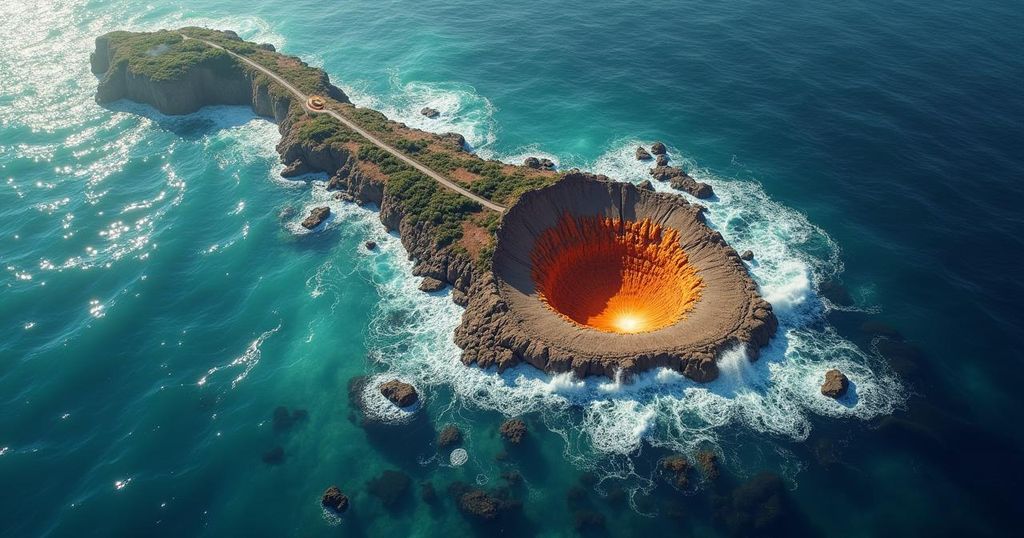A strong M6.2 earthquake struck off the coast of Costa Rica on October 12, 2024, at a depth of 18 km. Moderate shaking was felt by approximately 69,000 people, with light tremors experienced by around 1.856 million. The USGS issued a Green alert indicating low risks for fatalities or economic losses, despite prevalent vulnerabilities in construction within the region.
On October 12, 2024, a significant earthquake measured at M6.2 struck off the coast of Costa Rica at 17:43 local time. The United States Geological Survey (USGS) recorded the quake at a depth of 18 kilometers (11.2 miles). The European-Mediterranean Seismological Centre (EMSC) confirmed the same magnitude and depth readings. The epicenter was situated approximately 41.4 kilometers (25.7 miles) northwest of Tamarindo, 67 kilometers (41.6 miles) west-northwest of Santa Cruz, and 75.9 kilometers (47.1 miles) west of Liberia, all within Guanacaste Province. The earthquake reportedly caused moderate shaking felt by an estimated 69,000 individuals, while approximately 1,856,000 experienced light tremors. Fortunately, there is no tsunami threat associated with this seismic event. The USGS has issued a Green alert indicating a low probability of fatalities and economic losses, despite the area’s structures predominantly being susceptible to earthquake-related damage. Although some buildings are designed to withstand seismic activity, many in the region, primarily constructed from mud and adobe, remain vulnerable.
Earthquakes pose a significant risk in Costa Rica, a country located along the Pacific Ring of Fire, recognized for its tectonic activity. The region experiences frequent seismic events due to the movement of several tectonic plates. The United States Geological Survey and other seismological organizations continuously monitor seismic activity to provide crucial data on such occurrences. Understanding of local building practices is essential, as many structures, especially traditional adobe and mud-walled buildings, may not be adequately resilient to seismic forces, raising concerns about potential damage and casualties in the aftermath of earthquakes, even those classified as moderate or shallow.
In summary, the M6.2 earthquake that occurred off the coast of Costa Rica on October 12, 2024, has been assessed with a low likelihood of causing significant harm, thanks to its depth and the Green alert issued by the USGS. Nevertheless, the ongoing vulnerabilities inherent in the region’s architectural practices highlight the need for continuous monitoring and improved building resilience to mitigate future risks associated with seismic activity.
Original Source: watchers.news






